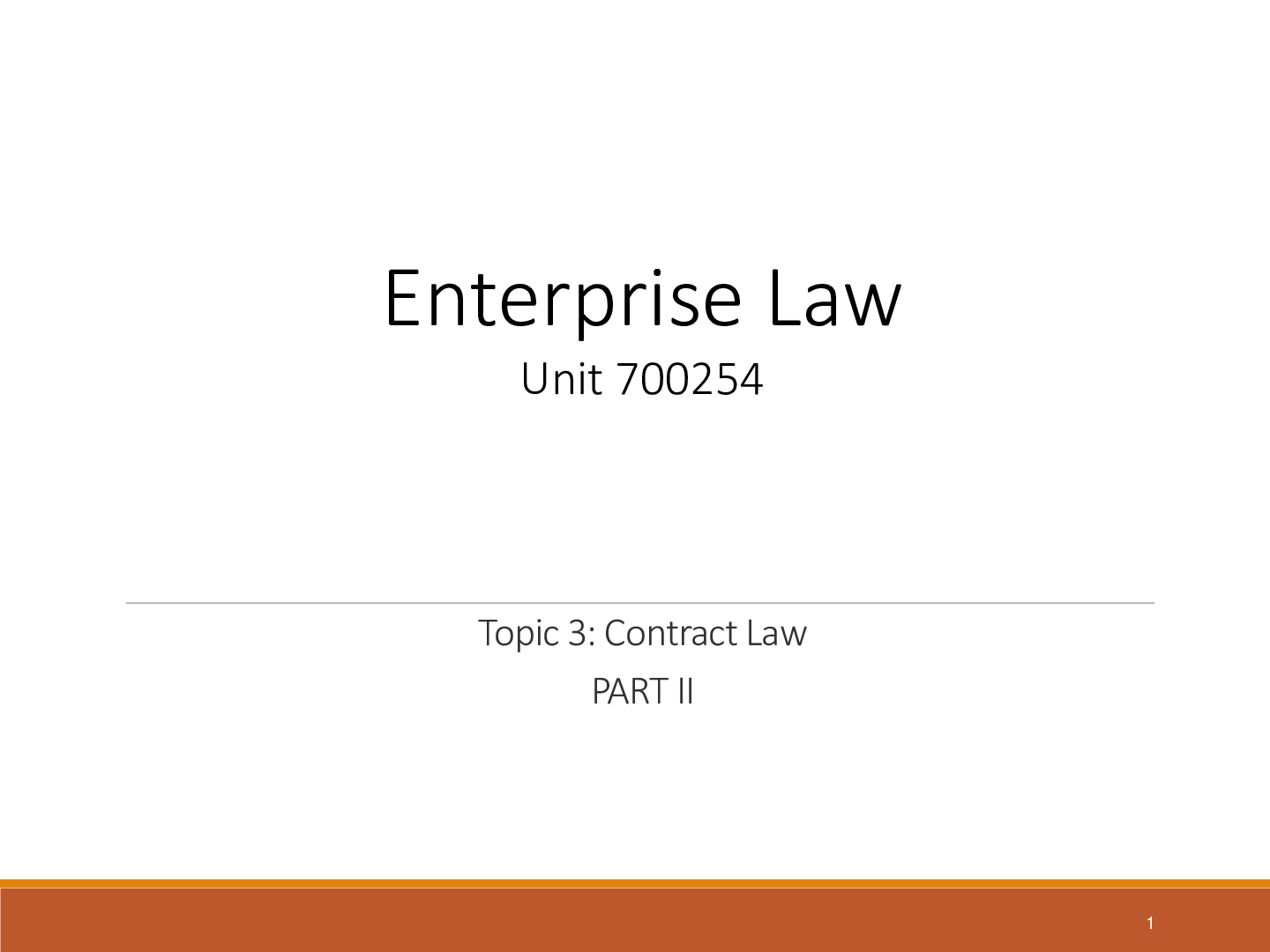Enterprise Law > Study Notes > Enterprise Law Unit 700254: Topic 3: Contract Law PART I (All)
Enterprise Law Unit 700254: Topic 3: Contract Law PART I
Document Content and Description Below
Enterprise Law Unit 700254: Topic 3: Contract Law PART I Topic Outcomes Following the completion of part I of this topic students should be able to: - Define a contract - Distinguish between a ... simple contract and a formal contract (made under a deed). - Understand the essential elements of intention to be legally bound and agreement (consideration is next week) 2Contracts ”Contracts are a fundamental part of people‟s daily lives and form the basis of commercial law.” What are some common examples of contracts that we encounter? 3Sources of Contract Law The study of contract law involves an examination of common law principles and the extent to which they have been affected by legislation. 4Contract v. Agreement Contract & Agreement distinguished Terms „contract‟ and „agreement‟ are often used to mean the same thing. A simple definition of contract is: ’a legally enforceable agreement’ An agreement is NOT necessarily a contract. 5The Law of Contracts Contract defined A contract can be defined as: “An agreement concerning promises made between two or more parties with the intention of creating certain legal rights and obligations upon the parties to that agreement which shall be enforceable in a court of law.” 6Creation of a Simple Contract ◦ Three elements required for a valid „simple‟ contract: ◦ 1. Intention to create legal relations ◦ 2. Agreement ◦ 3. Consideration 7The Law of Contracts Simple Contracts Can be made orally, implied by conduct or in writing (not executed under seal). Require consideration for enforceability. Formal Contracts A contract executed using a deed. No requirement for consideration. 8Validity of a contract The following also need to be considered to determine the validity of a contract: ◦ 1. Legality ◦ 2. Consent ◦ 3. Capacity ◦ 4. Form 9Bringing an action Statute of Limitations ◦ For an action in a simple contract in NSW: 6 years ◦ For a contract under seal in NSW: 12 years 101. Intention to Create Legal Relations 11There must be clear intention by the parties that the agreement containing their promises is intended to be enforceable in law. Intention to Create Legal Relations 12(i) Express intention Consider terms that expressly and clearly state the parties’ intentions. Almost invariably expressed in the negative. Eg. ‘Subject to contract’ clauses: document not in its final form - subject to preparation of written document Masters v Cameron (1954) Intention to Create Legal Relations 13Masters v Cameron (1954) 91 CLR 353 The parties signed an agreement for Masters to buy a farm owned by Cameron for £17,500. Masters paid a deposit of £1,750. The memorandum of sale contained the following clause: This agreement is made subject to the preparation of a formal contract of sale which shall be acceptable to my (Cameron’s) solicitors on the above terms and conditions. The sale did not eventuate. It was held that the contract was unenforceable as the agreement was not in its final form. The only condition was that it was acceptable to Cameron’s solicitors, who could have modified the terms in any way they saw fit. 14(ii) Implied intention The courts have to determine objectively whether the parties intended the agreement to be legally enforceable To assist, consider two categories: ◦ social, family, domestic, voluntary ◦ commercial or business Intention to Create Legal Relations 15The court uses two ‘rebuttable presumptions’: ◦ Non-commercial relationship (social, family, domestic, voluntary) ◦ presumed no intention ◦ Commercial or business relationship ◦ presumed intention to be bound Intention to Create Legal Relations 1 ::::::::::::::::::::::::::::::::::::::::CONTENT CONTINUED IN THE ATTACHMENT::::::::::::::::::::::::::::::::::::::::::::::::::: [Show More]
Last updated: 2 years ago
Preview 1 out of 55 pages

Buy this document to get the full access instantly
Instant Download Access after purchase
Buy NowInstant download
We Accept:

Reviews( 0 )
$3.00
Can't find what you want? Try our AI powered Search
Document information
Connected school, study & course
About the document
Uploaded On
Sep 30, 2020
Number of pages
55
Written in
Additional information
This document has been written for:
Uploaded
Sep 30, 2020
Downloads
0
Views
120

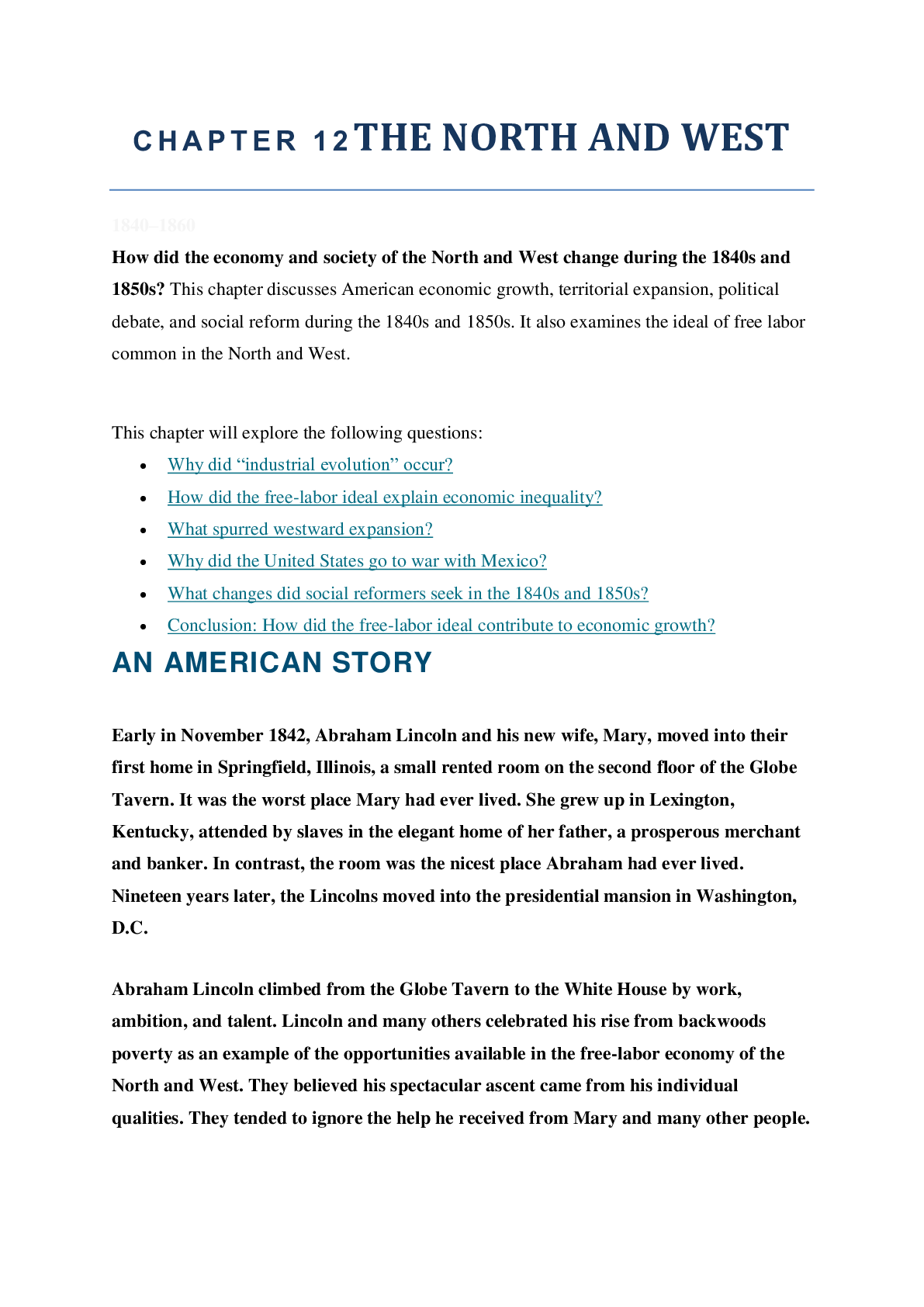


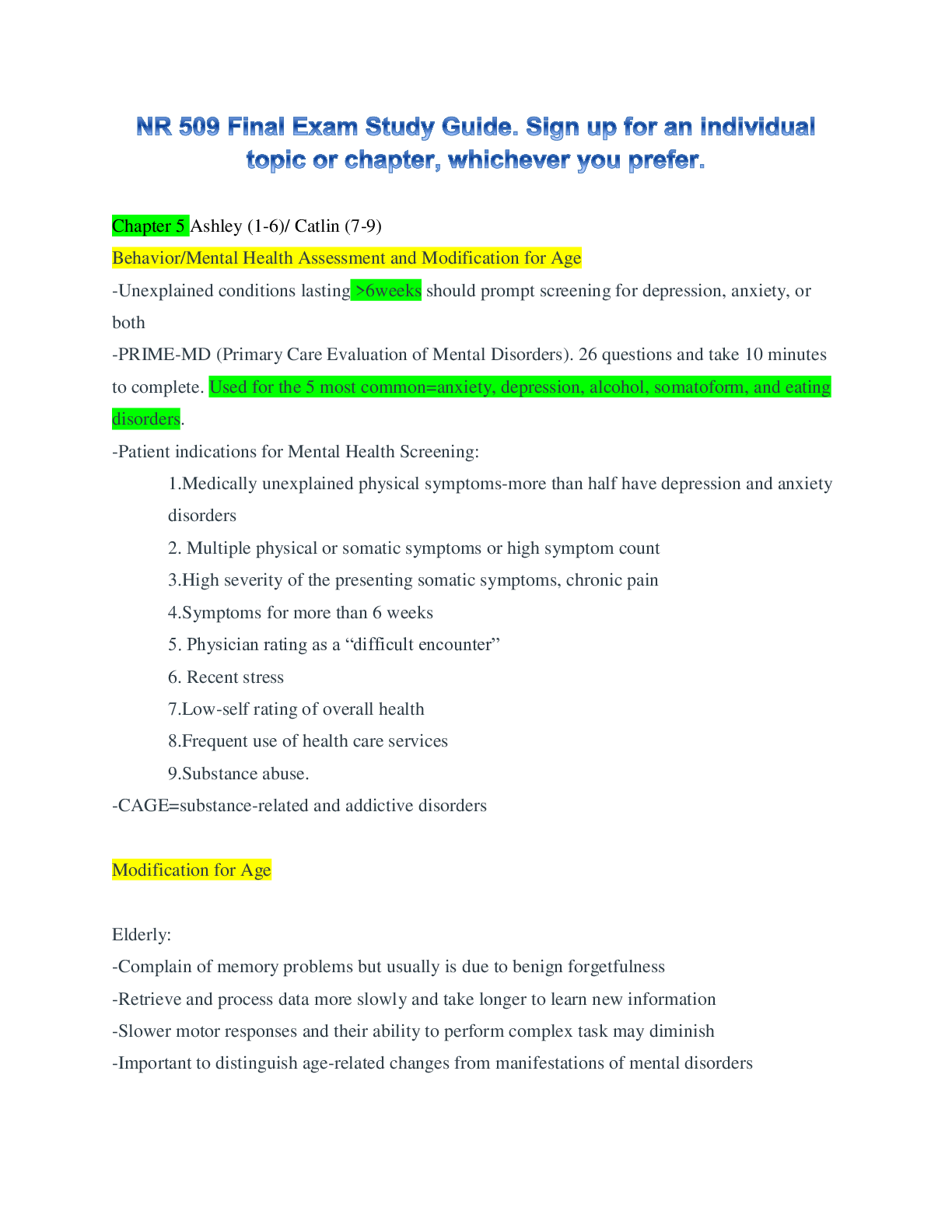

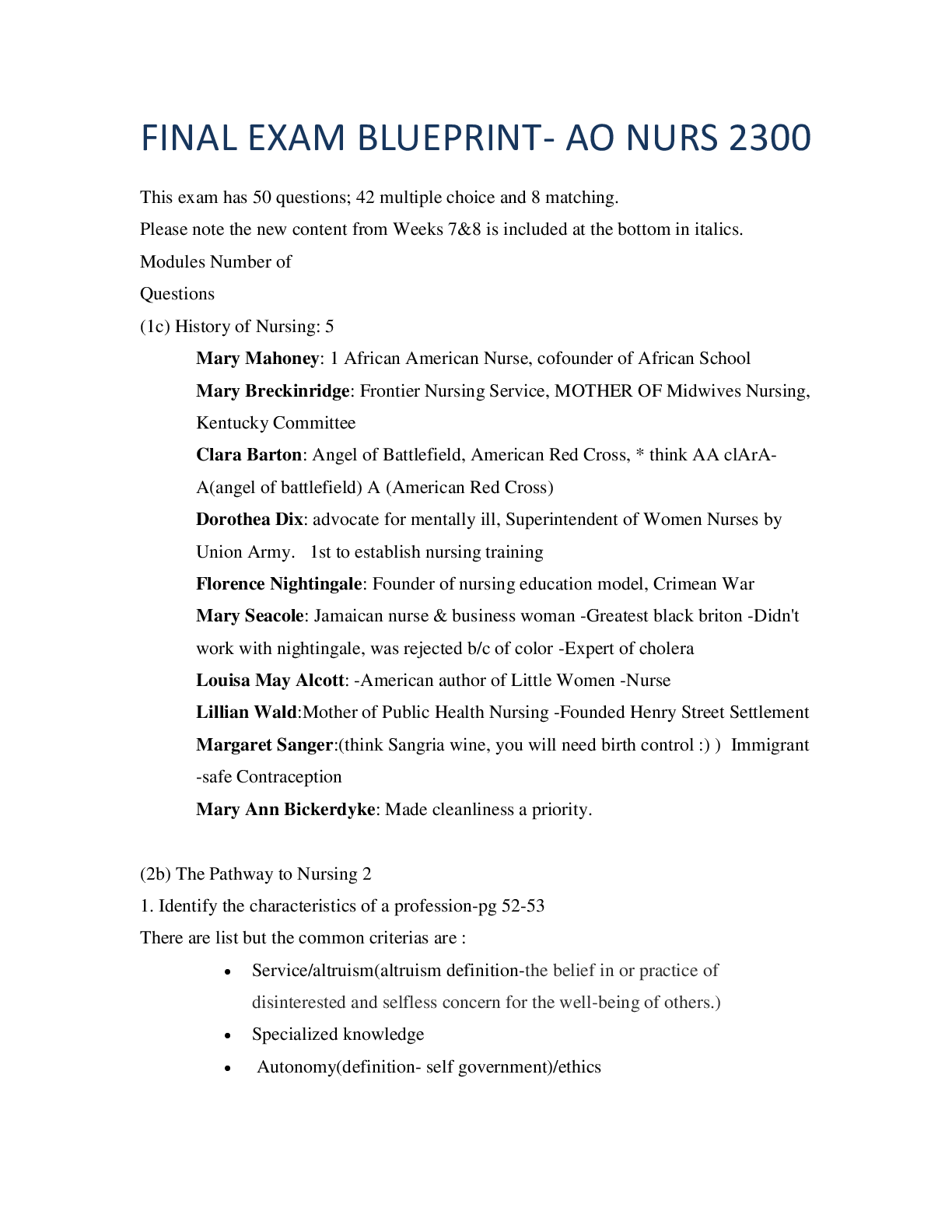
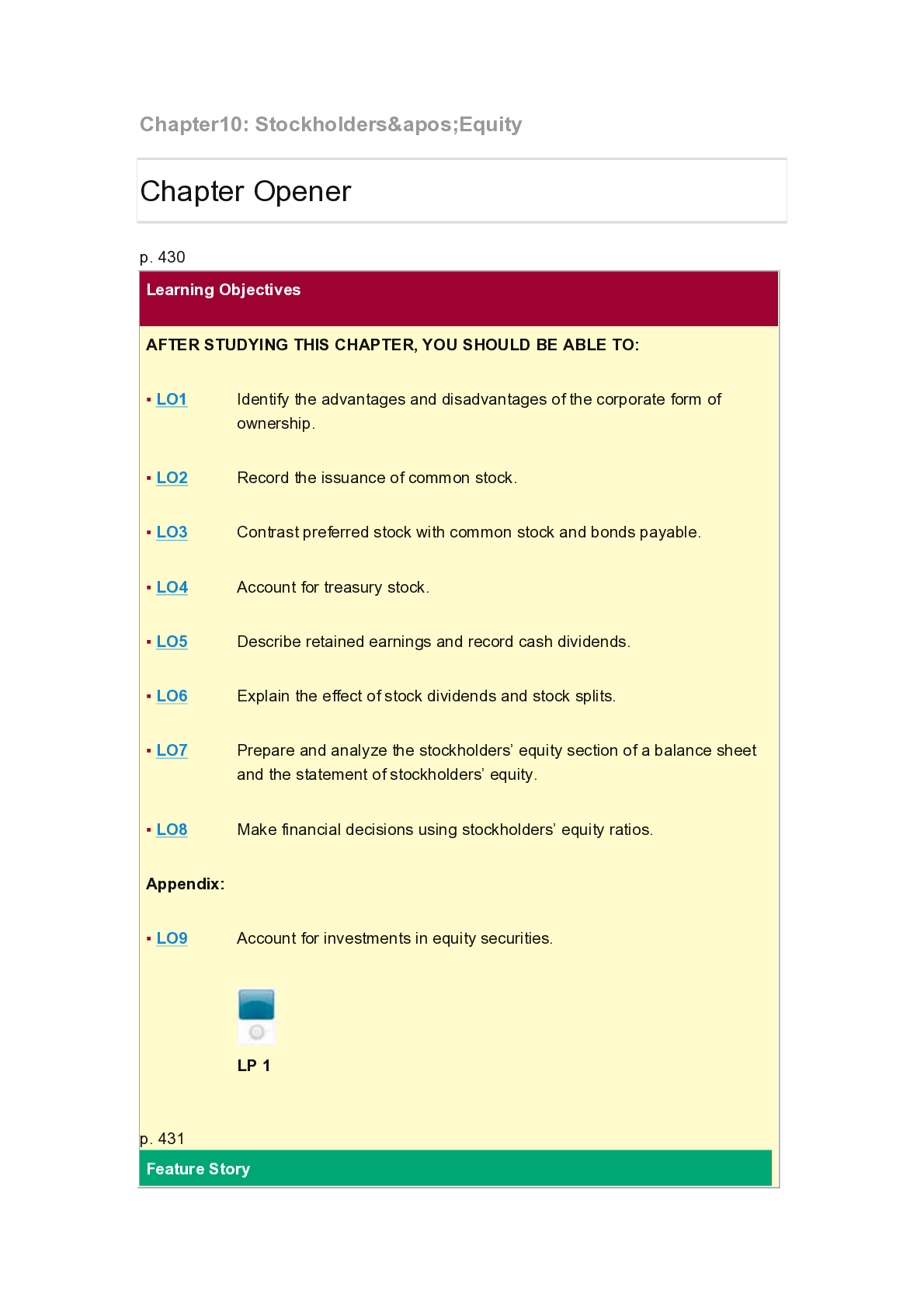


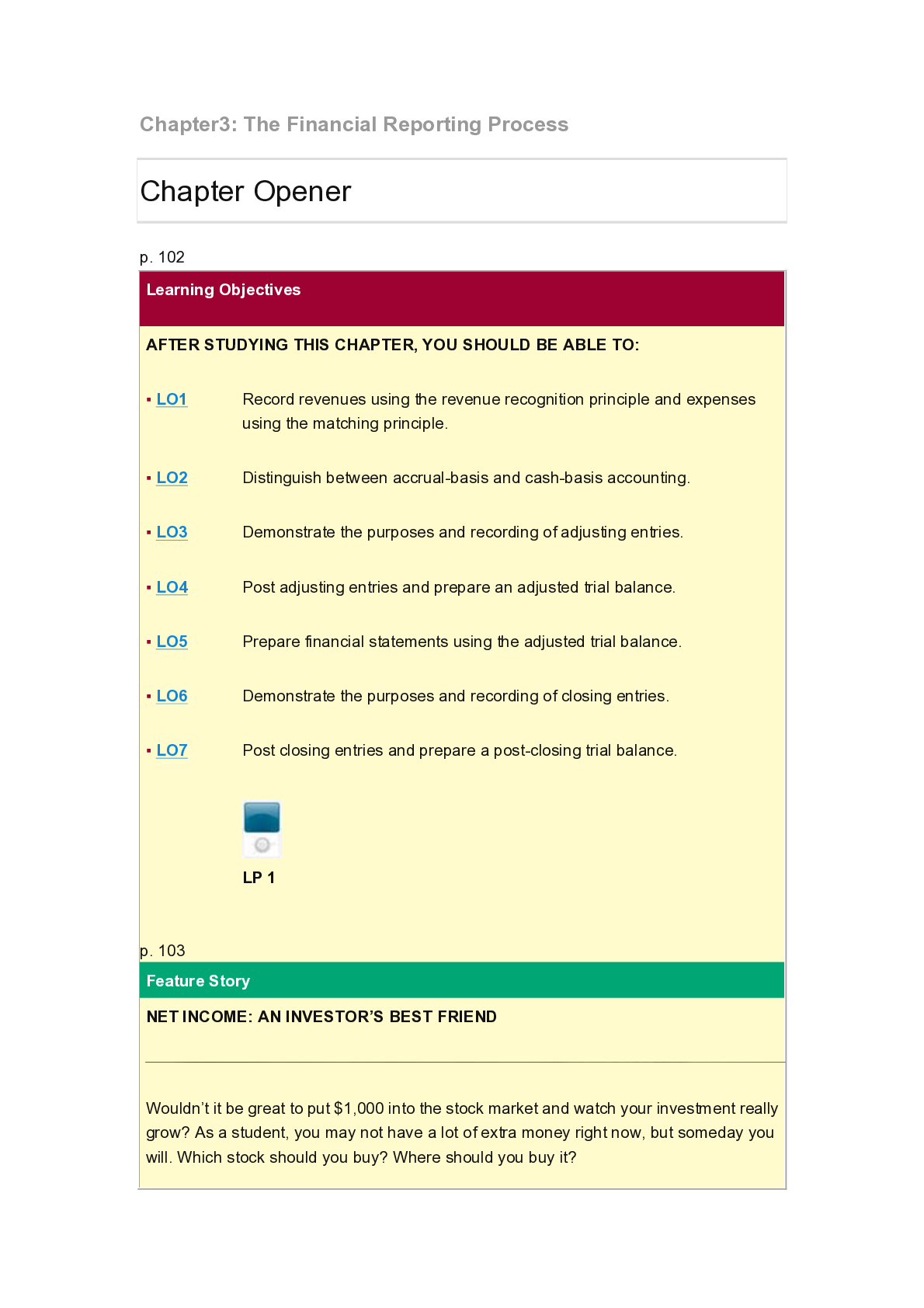

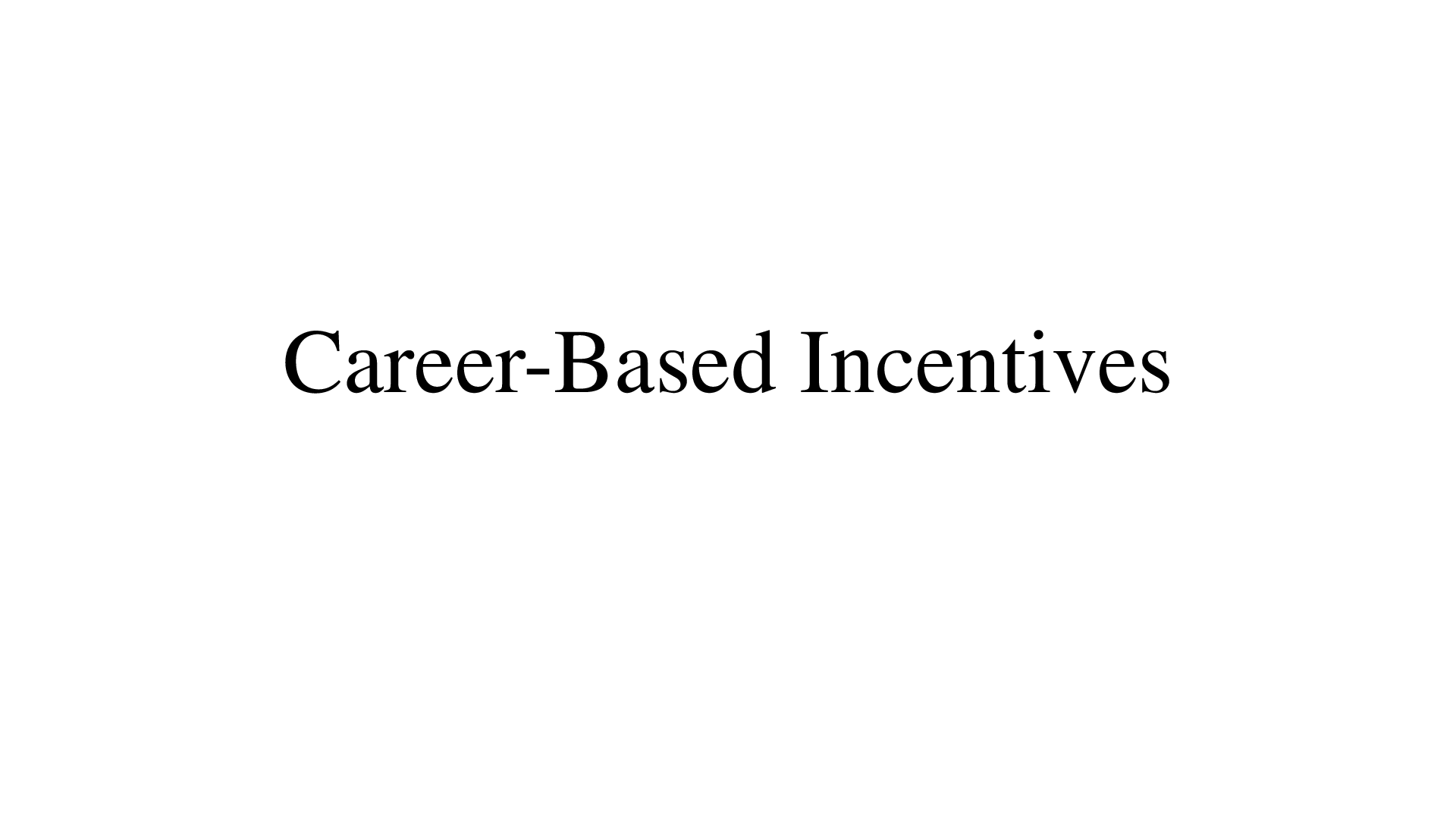


.png)

